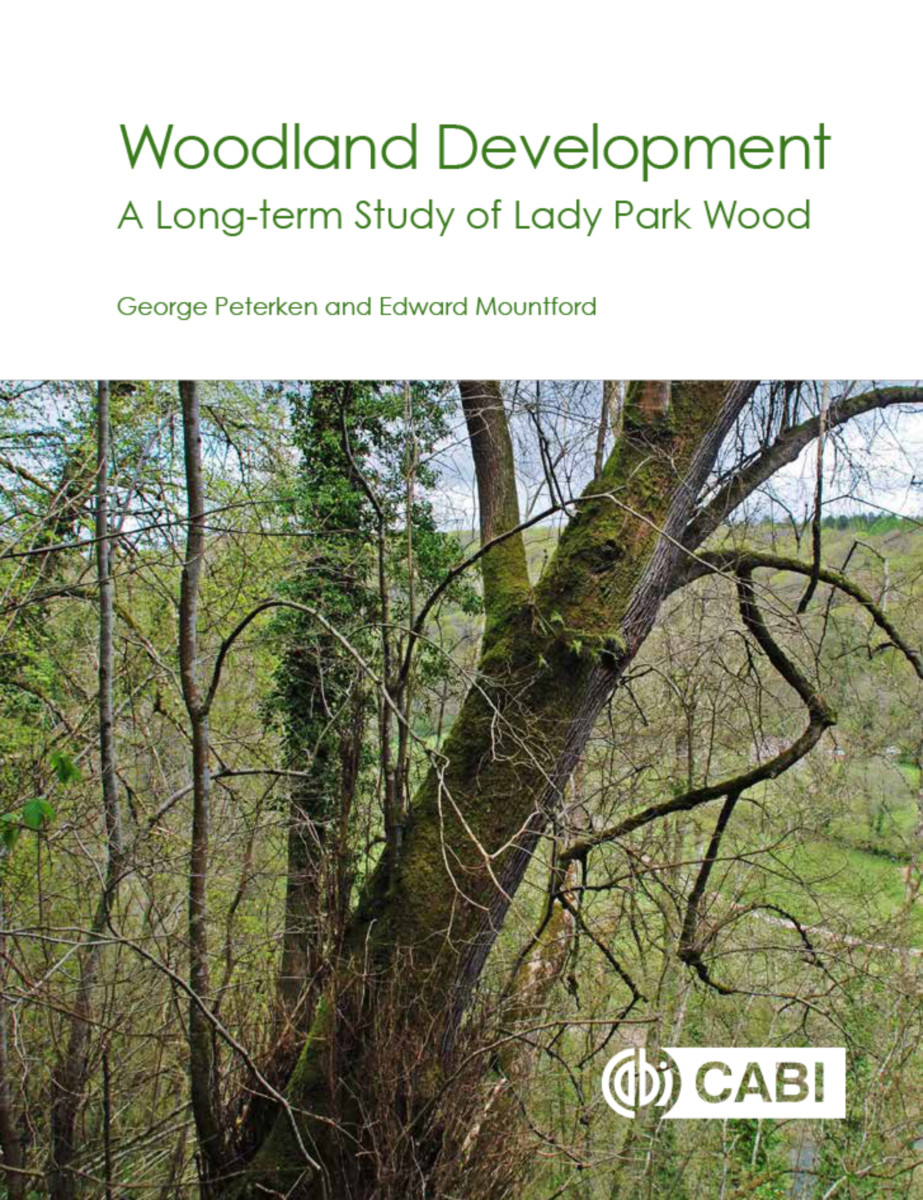Woodland Development
A Long Term Study of Lady Park Wood
- Publisher
CABI - Published
10th October 2017 - ISBN 9781786392817
- Language English
- Pages 300 pp.
- Size 7.5" x 9.625"
- Images tables & color photos
- Publisher
CABI - Published
10th October 2017 - ISBN 9781780648651
- Language English
- Pages 300 pp.
- Size 7.5" x 9.625"
- Images tables & color photos
Lady Park Wood was set aside as a "natural" reserve for ecological research in 1944, and the trees, shrubs and ground vegetation have been recorded in detail ever since. These 70 years of observations now represent one of the largest and most detailed records in Europe of how a woodland develops under the influence of natural factors. This book is an invaluable read for researchers and professionals in nature conservation, ecological research, and forestry.
1. Understanding woodland
2. Lady Park Wood and its history
3. The ecological reserve
4. Recording trees and expressing change
5. The Changing wood
6. Ash - the tree in the spotlight
7. Beech and oak, the major forest trees
8. Limes and wych elm
9. Birch and other short-lived canopy trees
10. Field maple and hazel, the other coppice species
11. Minor trees and shrubs
12. Habitats
13. Species
14. Long-term ecological studies
15. Natural woodland in theory and practice
16. Near-to-nature forestry
17. Re-wilding, remoteness and wilderness
George Peterken
George Peterken after a Ph.D. at University College, London and a short appointment in Aberystwyth University, Dr Peterken was for two years coordinator of part of the International Biological Program and then scientific officer in the Biological Records Center. He was then appointed to the Nature Conservancy's woodland management section at Monks Wood in 1969, and remained a woodland ecologist with NC and successor bodies until 1992, spending much of his time as the senior woodland ecologist in the Chief Scientist's Team, where his work ranged from policy negotiations through research commissioning, personal research and lecturing to on-site management advice, in fact anything and everything that might advance woodland ecology and nature conservation. He took a sabbatical for 18 months in 1989-90 to study so-called virgin forests in mainland Europe and to hold a Bullard Fellowship at Harvard University. In 1993, he went independent. For a decade he was part-time nature conservation advisor to the Forestry Commission, but was also involved in collaborative research projects, teaching, lecturing, writing and routine consultancy. Shortly after the Millennium he decided to spend his time mainly writing a New Naturalist volume and more recently a book on Meadows - meadows being a retirement hobby. Long-term studies have been a theme of his research and research-commissioning since the 1970's, when he first became involved with Lady Park Wood, the subject of this book. Dr Peterken's interest in historical ecology dates from the 1960's.
Edward Mountford
Edward Mountford after completing an Honours Degree in Field Biology and Habitat Management, he was employed as a Nature Conservation Advisor covering the county of Shropshire. He then completed a PhD thesis through The Open University, studying natural woodland development across a series of woodland reserves, from the New Forest to the Scottish Highlands. Post-doctoral research followed via two EU-funded projects, which included a four-year period focusing on the management of beech forests at a European-level. Topics addressed in detail included natural regeneration, natural stand development, dead wood, and woodland management and history. Later he was employed as a UK-level Advisor by the Joint Nature Conservation Committee, providing detailed advice to Government on habitat assessment, classification and designation, as well as other areas from the impact of air pollution to green infrastructure. He now works independently, based in Lancashire, and retains his general interest in the history and conservation of the countryside at large.


